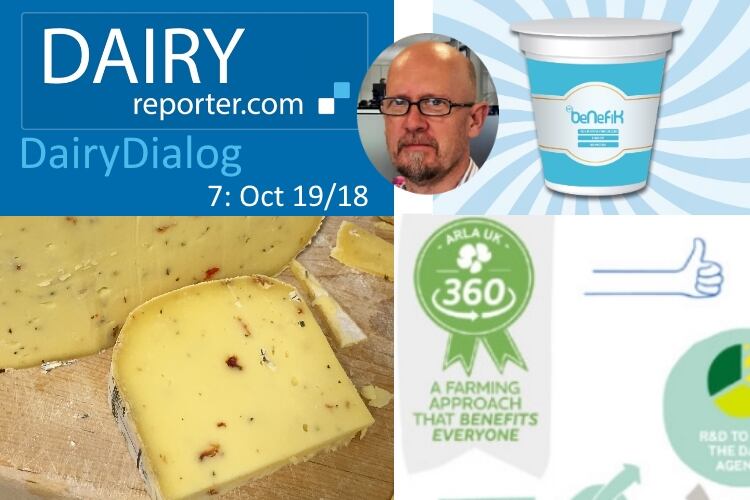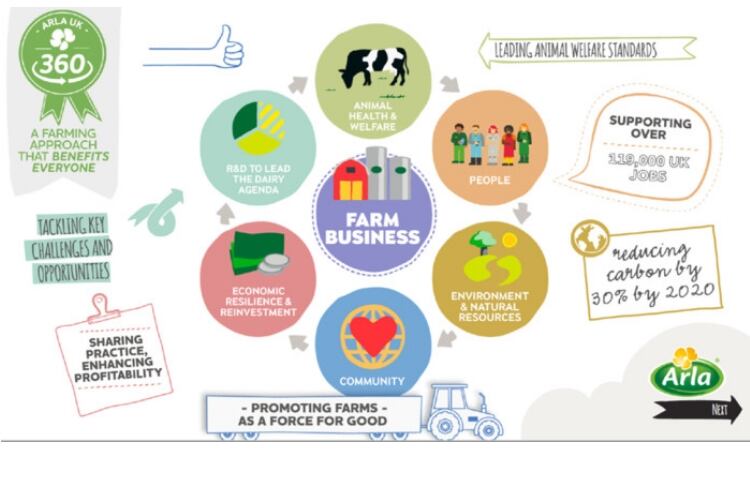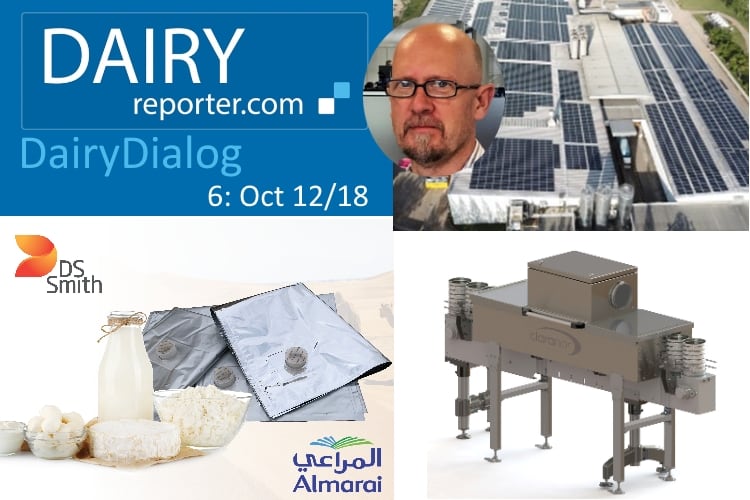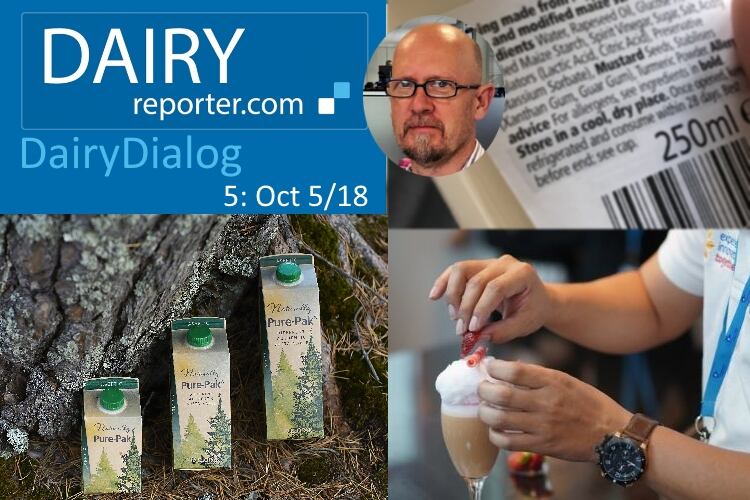And there’s our weekly look at the markets with INTL FCStone’s Charlie Hyland.
Arla 360
With ongoing volatility in the global milk markets, increasing consumer misunderstanding of the sector, polarized levels of support for UK dairy farmers and a new post-Brexit Agriculture Bill the challenges for dairy farmers are mounting. In response, Arla Foods UK has launched ‘Arla UK 360’, a new standard in UK dairy farming with an approach the dairy cooperative says will benefit everyone.
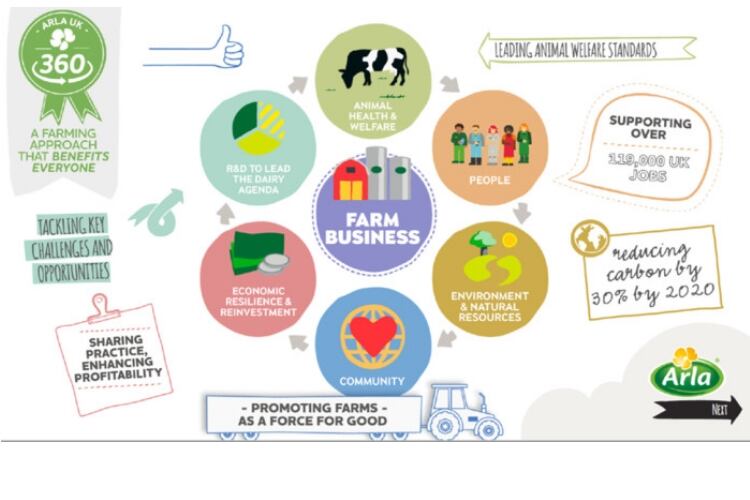
The Arla UK 360 program covers the six areas essential to building a profitable, responsible dairy farm business. It incorporates best practice in today’s dairy farming across animal health and welfare, people development, environment and natural resources, community engagement and economic resilience and reinvestment, and will then drive a vision for research and development areas that will lead the UK dairy agenda.
Lycored changes color names
Lycored, part of Adama Group, is an international company creating natural ingredients and products. Established in 1995 in Israel, Lycored produces natural carotenoids for food, beverage and dietary supplement products, including in the dairy industry for coloring yogurts and cheeses.
Christiane Lippert, head of marketing (food), at Lycored, said the company has looked at the performance of two cheese colorants, annatto and BetaCarotene, in cheddar and alternative hard yellow cheese varieties.
BetaCarotene-derived colors
BetaCarotene, an antioxidant and yellow pigment, might be seen as the original cheese colorant. It becomes visible during the manufacturing process, lending a natural buttery yellow color to cheeses from grass-fed cows.
Lycored provides a wide variety of BetaCarotene-derived orange and yellow hues for cheese from its strain of fungus and control every step of production, ensuring maximum safety, potency and efficacy. The colors re also highly stable under a wide range of pH, light and high-temperature conditions.
Annatto
Annatto, a yellow-orange colorant, has been used to color cheese for hundreds of years. It is currently the most popular cheese colorant globally but is coming under increasing scrutiny from regulators and manufacturers.
The presence of annatto has long been a concern for infant formula manufacturers using whey, Lippert said. At a minimum, they demand proof of zero trace of annatto in the whey that they purchase to comply with regulatory requirements. Furthermore, several studies have raised concerns about allergic reactions linked to annatto.
New consumer insights
Lycored commissioned researchers to observe the role played by cheese color in today’s market. A survey of 1000 consumers, 500 each in the UK and the US, were shown a series of images and asked questions to gauge the role color plays in their perceptions and decisions.
In the UK, color was rated as either very or extremely important by 40% of UK respondents, and over half (57%) said that color usually affected how much they like the taste. Forty-one per cent purchased lighter cheeses more often, 24% tended to buy darker cheeses more often, and 35% bought lighter and darker cheeses equally often.
The study found in the US the color of cheese had even more significance, with 52% of consumers rating it as either very or extremely important. In contrast to the UK, US consumers tended to think darker shades were ideal for cheddar, although again there was a wide spread of opinion, with 35% buying lighter cheeses more often, 33% purchasing darker cheeses more often, and 32% buying lighter and darker cheeses equally often.
New names
Lycored has changed the names of its ingredients to better communicate the qualities of the colors and their benefits to customers rather than their origins.
The company offers a portfolio of stable food and beverage colorants sourced naturally from carotenoids. Its lycopene-based range of reds, derived from tomatoes and previously called Tomat-O-Red, will now be grouped into four new color families.
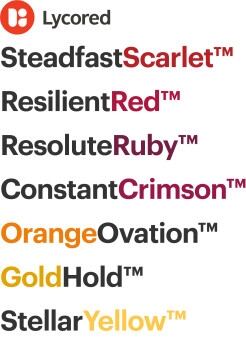
Designed to be memorable, the names are all simple and constructed from two words that are either alliterative or rhyme. Each communicates shade as well as product performance benefits such as stability:
SteadfastScarlet: A red with an orange direction
ResilientRed: A “more red” red
ResoluteRuby: A darker red
ConstantCrimson: A red with a blue/purple direction
Similarly, there are three new color families for Lycored’s range of yellows and oranges, sourced from natural BetaCarotene and previously called Lyc-O-Beta.
OrangeOvation: Orange like the citrus fruit
GoldHold: Gold, associated with precious metal
StellarYellow: Communicating the star-like quality of yellow, as well as stellar performance
Epi Ingredients SoBenefik
Epi Ingredients, a subsidiary of the French company Laïta, recently launched SoBenefik, a high-protein yogurt concept produced only with ultra-filtered dairy powders.
Designed to illustrate the unique features of Epi Ingredients’ offering, SoUnik is a range of on-trend finish product concepts developed to help food, beverage and nutrition manufacturers visualize what they can do with the company’s ingredients.
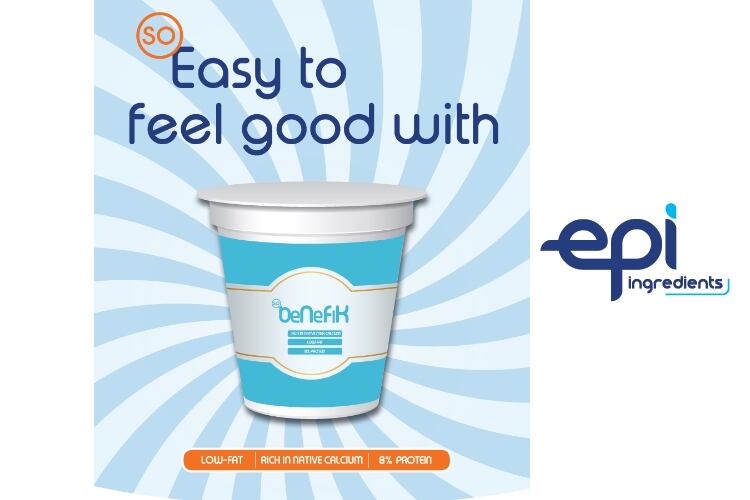
Mathieu Lucot, marketing manager at Epi Ingredients, said, “The goal for Epi Ingredients is not to sell these concepts. With this range of finished products, we are merely aiming at driving innovation, showcasing the company’s application expertise and dairy ingredients know-how as well as promoting the use of our specialty ingredients, in this case native protein Epiprot 60 UL, in new product developments.”
SoBenefik is a protein-packed yogurt with 8% protein, live cultures and a rich texture while being low-fat. This is made possible with the use of Epiprot 60 UL, a native milk protein concentrate produced directly from fresh milk through a cold filtration process allowing for minimal denaturation and optimal functional and nutritional properties.
It is produced using dairy powders, cultures and water. According to Epi Ingredients, this makes it interesting for markets where the fresh milk supply may be limited, or where preserving the integrity of fresh raw milk can be challenging.

